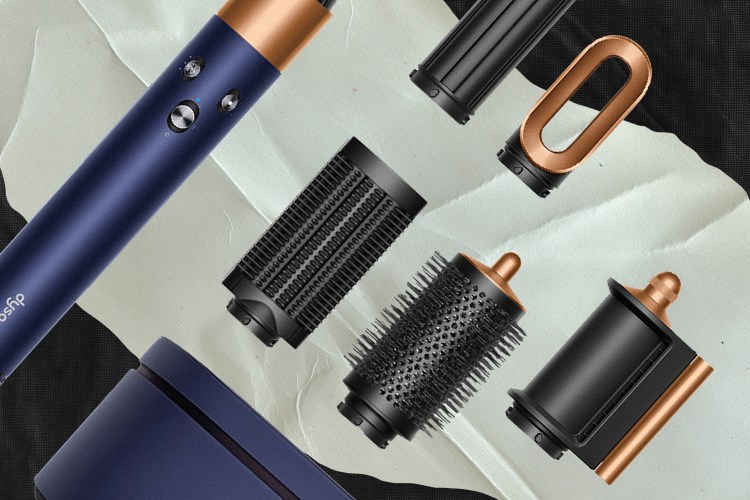Texas loves beef. This is no surprise to its 30 million residents — or to anyone who’s ever visited one of the carnivorous state’s ubiquitous steakhouses. Boring but serviceable filet mignons once reigned supreme, but today’s best butcher shops and restaurants feature a range of cuts, from favorites like bone-in ribeyes to lesser-known options like coulotte and bavette sourced from local ranches. For many meat aficionados, however, nothing beats wagyu.
Wagyu beef was first imported from Japan to the United States in the late 1970s. It was bred with American cattle for two decades before Japan halted the export and protected its status as a Japanese product. Today, American wagyu cattle still contain bloodlines of the original Japanese lineage, and they’re bred around the country. One such operation is R-C Ranch, located about an hour south of Houston.
Owners Blake Robertson and Ryan Cade (R-C is a combo of their last names) started the ranch in 2010. Cade said he tried wagyu beef for the first time that same year at a restaurant in Houston, and it changed his whole mindset on the beef business. “I became a student of the breed and learned the genetics and feeding programs,” he says, noting that he was intrigued by its potential for fine dining.

For years, R-C Ranch sold meat to Houston-area restaurants, including high-end spots like Bludorn and Georgia James. In December, they expanded their business, launching a butcher shop at the historic Houston Farmers Market and also an online shop that sells direct to consumers around the country.
When starting the ranch, Cade and Robertson followed a strict “sandwiched” breeding process featuring three wagyu bloodlines that they say creates the most desirable animal possible. Each animal represents a different region of Japan and a unique gene trait. Kedaka cows are known for their large size; Tajima cows produce the best marbling; and Shiname cows have the best maternal traits.
“People care more than ever about where their food comes from, how it was raised and why it’s better,” says Cade. “We’ve been selling at farmers markets for many years, and great chefs around Houston sell our products.” He says they wanted to expand that side of the business, but then the pandemic hit, and their restaurant customers were shut down. “Eighty percent of our business was selling to restaurants, so we needed to evolve.”

Today, R-C Ranch stocks its new 3,000-square-foot butcher shop with dry-aged steaks, sausages and charcuterie, all cured, smoked or otherwise prepared in-house. Expect to find marinated meats, fresh meal prep packages and family-size ready-to-cook meals, plus marrow bones, offal and tallow oil. (There’s also a tank of lobsters — those come from Maine.)
“Utilization is really important to us,” says Cade. “There are lots of great parts that people don’t know as much about or don’t know how to cook. In this setting, we have an opportunity to feature those parts, and it helps us utilize the whole beef carcass.”
The butcher shop is staffed with Houston-area chefs and cooks, including some former customers. A past UB Preserve line cook is the shop’s full-time butcher, a former Georgia James Tavern chef de cuisine manages the prepared foods program, and a Bludorn alum is the front-of-house meat cutter.

The online store carries multiple cuts of wagyu beef, from ribeye and short rib to flat iron and New York strip. You can also fill your digital cart with ground beef, beef jerky and seasonings.
Robertson says the butcher shop is not just a place to buy meat, but also an educational tool where they can spread the good word about wagyu and explain its pedigree, while the online side of the business can attract people from all over the country. “It lets us share Texas-raised wagyu with people who might not be able to get it locally.”
If you acquire some wagyu beef for yourself, just be sure to treat it right. Cade says it’s extra-important to not overcook your wagyu steaks or burgers. “All that intramuscular fat, which is what makes wagyu really special, gets cooked out if you cook it past medium.”
This article appeared in an InsideHook newsletter. Sign up for free to get more on travel, wellness, style, drinking, and culture.

























